
Sikhs Shot in Ohio, US: How to Remedy Cultural Ignorance, Bigotry?
Years ago, I was at a college classmate’s house in my hometown, Patiala. His retired colonel neighbor asked me, where in the United States I lived. “Delaware,” I replied.
“Umm…Where?”
I repeated, slowly, “Delaware.”
The colonel narrowed his eyes, picked up his large tumbler of some strong drink, (rum, probably), gulped it in one go, and said, “Delaware…huh? What kind? Software or hardware?”
Could this ignorance, coupled with bigotry, have led to the killing of three Sikh women and a Sikh man at an apartment complex in Ohio’s Cincinnati city, on 30 April? While External Affairs Minister Sushma Swaraj had said that this was “not a hate crime”, questions continue to linger amid investigation into the case.
Is it possible that the Sikh family was more vulnerable (in the eyes of the perpetrators) because they were Sikhs / Asians?
Almost all the South Asians living in Delaware are first generation immigrants. As long as they could eat their rice or rotis at home, their cultural and religious aspirations rarely superseded family and economic priorities. Therefore, I was amazed to see a huge (and diverse) turnout at Lalkar 2019 , a national collegiate bhangra and fusion dance competition. From the 62 university teams that had applied, eight teams were selected to perform at the University of Delaware.

Significantly, the event’s success was a true tribute to the message of Guru Nanak in his 550th birth year—bringing people together in respect, peace and love.

On 19 March, the Delaware Sikh Awareness Coalition (DSAC) organised a luncheon in Dover, the capital of Delaware. It was before we went to the state Legislative Hall, where the Senate and the House were scheduled to pass a concurrent resolution, declaring April 2019 as ‘Delaware’s Sikh Awareness and Appreciation Month’.
The participants at the luncheon were a diverse lot, and included men and women as young as 16 and as old as 86. Those originally from India included Gujaratis, Punjabis, Sindhis, Delhiwallahs, UP, Bihar, MP, and many from the southern part of India. Among the Americans there were people across Christian denominations, and one Jew.
Various community leaders, legislators and individuals of different castes, colour, abilities and professions were in the audience. Many of them even took the opportunity to experience wearing a Sikh turban.

‘Why a Real Tribute to Guru Nanak Should Be An Interfaith Celebration’
The topic of discussion at the luncheon was ‘Why a real tribute to Guru Nanak’s 550th should be an interfaith celebration’. Most had never even heard of Guru Nanak.
Starting from the “Na ko Hindu, Na Musalman” (No one is Hindu, no one is Muslim) proclamation after his communion with God in 1499, Guru Nanak used art (writing hymns in divine poetry) and music to take his message of Ek Onkar (all creation by one creator) to the world. Along with two companions, Bhai Bala and Bhai Mardana – the latter playing the rubab – Guru Nanak used melody and music to spread his message.
His successors temporally and spiritually built on the foundations of peace and communal harmony that Guru Nanak had laid.
Among the 36 were Baba Sheikh Farid, Bhagat Namdev, Sant Kabir (the maximum contribution by a non-Guru author and the fifth largest among all authors), Bhagat Ravidas, Bhagat Kalshar, Bhagat Nalh.
The holy text also depicts the importance of dissent, and that too, respectful dissent. On page 1380 of the Sri Guru Granth Sahib, Guru Amar Das disagrees with Baba Farid ji after more than 250 years, and the divine dialogue is presented in a sublime way. In fact, Farid ji’s bani (hymn) is in the Sri Guru Granth Sahib, before which millions bow their heads every day. This also depicts the virtue of tolerance and regard for all, that Sikhism embodies.
What Guru Nanak Truly Wanted
At the end of the presentation, a slide show on Harmandir Sahib, whose foundation was laid by Sufi saint Mian Mir Sahib, was presented – to further illustrate the point of communal harmony and religious tolerance. Post-luncheon, we went to the Legislative Hall where Delaware Senator, Bryan Townsend, introduced the resolution in the Senate, and Representative Paul Baumbach introduced it in the House. It was unanimously passed in both the chambers. Governor John Carney signed an executive proclamation, declaring April 2019 as ‘Delaware Sikh Awareness and Appreciation Month’.
This was the third year in a row that this feat was accomplished. But what made this edition stand out is the participation of diverse groups, across communities. This is what we believe, Guru Nanak really wanted.
– – – – – – –
This column was published online by the www.thequint.com on May 13, 2019.




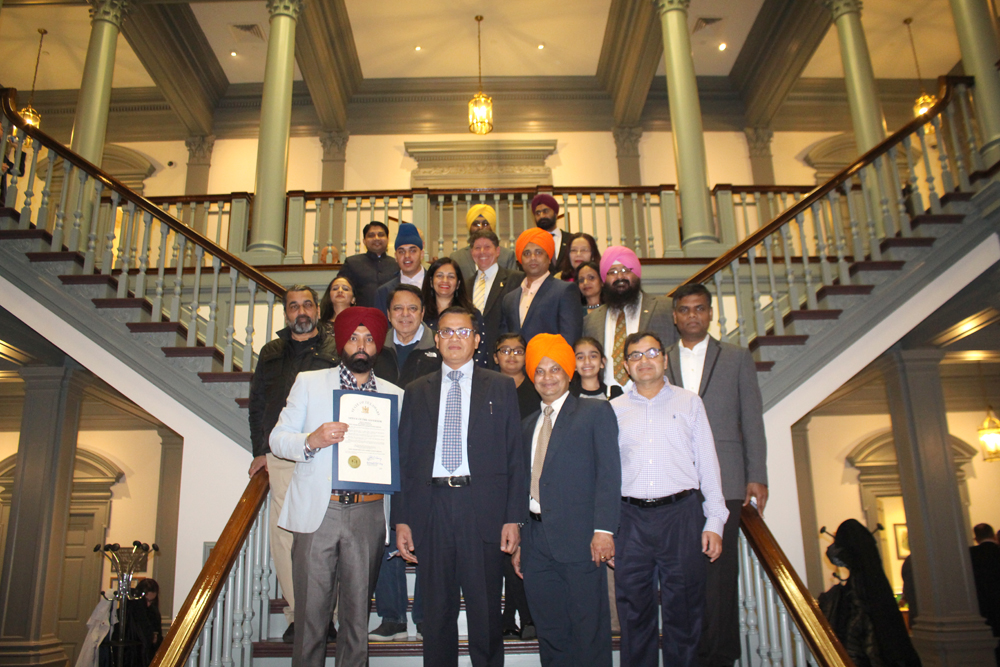
 Delaware Governor John Carney has signed an executive proclamation naming April 2019 as the ‘Delaware Sikh Awareness and Appreciation Month’; in recognition of the contribution of the small but influential Sikh community in the economic and social milieu of the state. This is the third straight year Delaware is observing the Sikh awareness month.
Delaware Governor John Carney has signed an executive proclamation naming April 2019 as the ‘Delaware Sikh Awareness and Appreciation Month’; in recognition of the contribution of the small but influential Sikh community in the economic and social milieu of the state. This is the third straight year Delaware is observing the Sikh awareness month.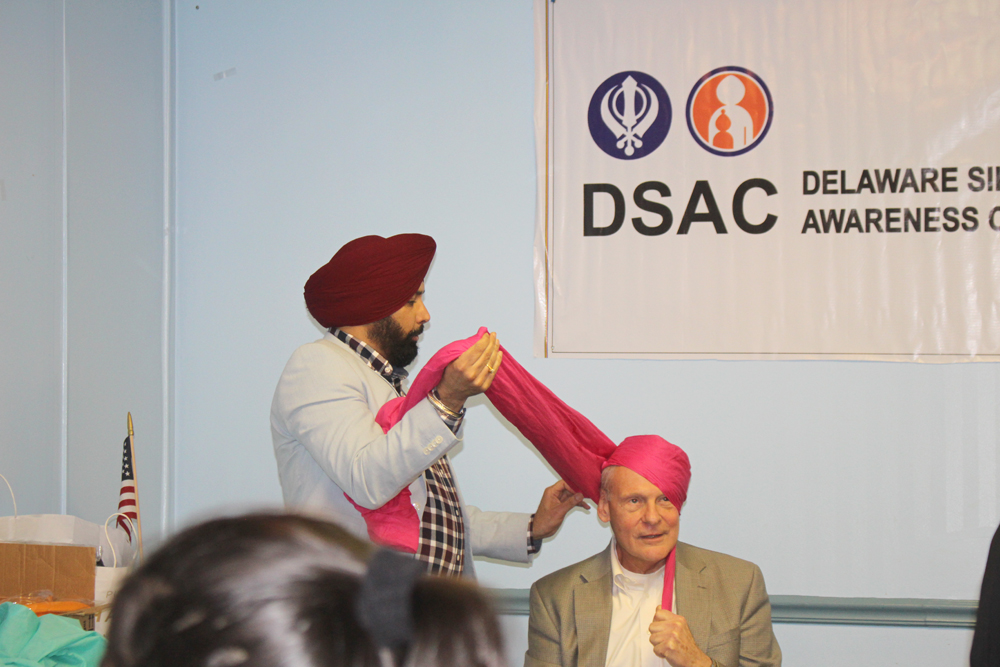



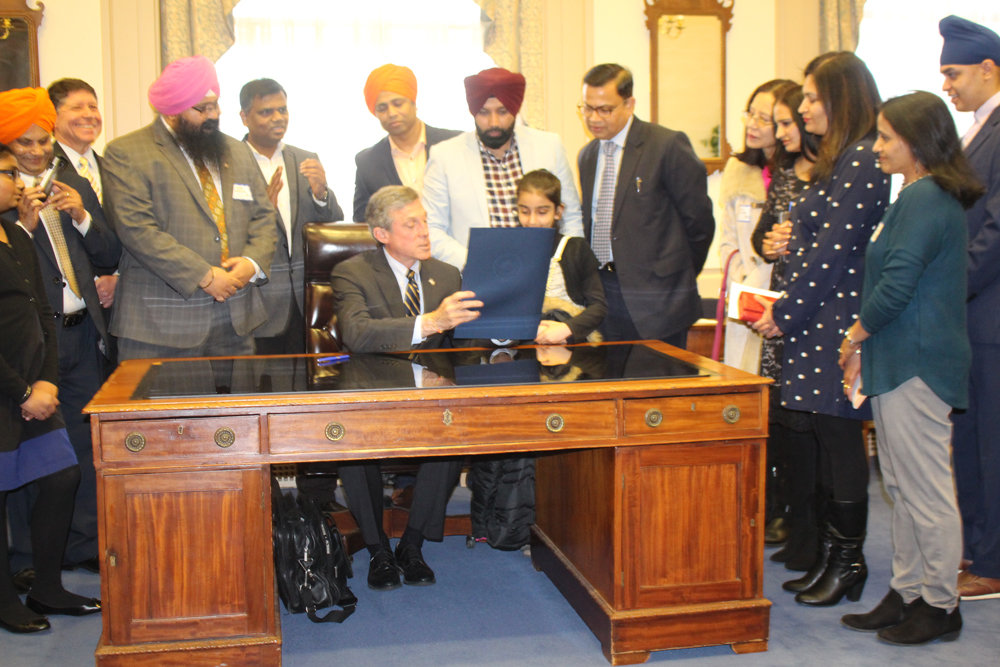



 They are all fingers. But different. In look, size, ability, strength, and position. But the hand they belong to is One. Since they know it, they live and work together: Harmoniously. Peacefully. Lovingly!
They are all fingers. But different. In look, size, ability, strength, and position. But the hand they belong to is One. Since they know it, they live and work together: Harmoniously. Peacefully. Lovingly!



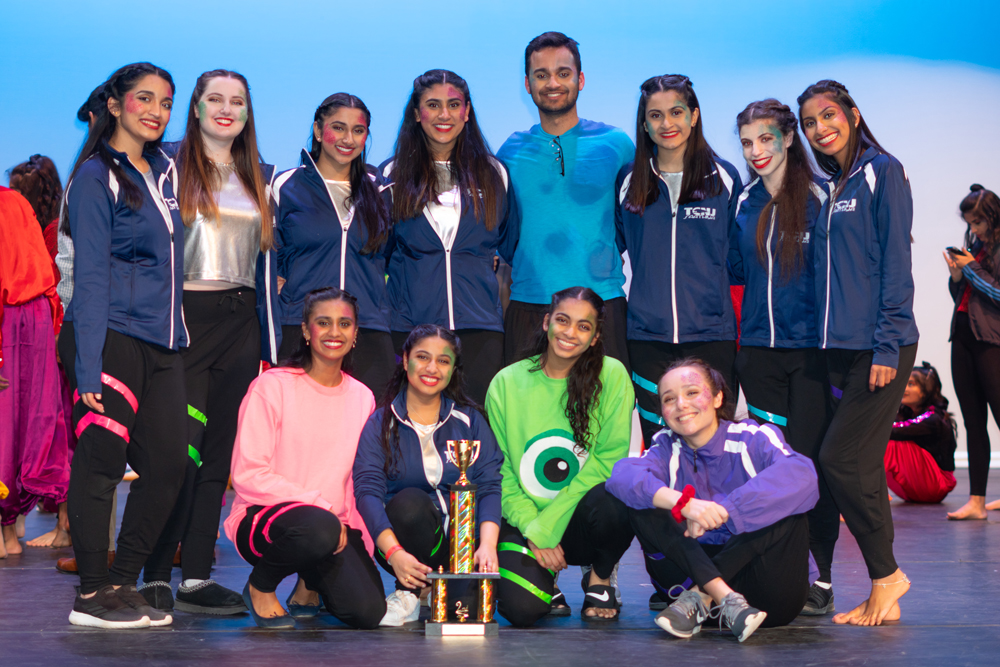

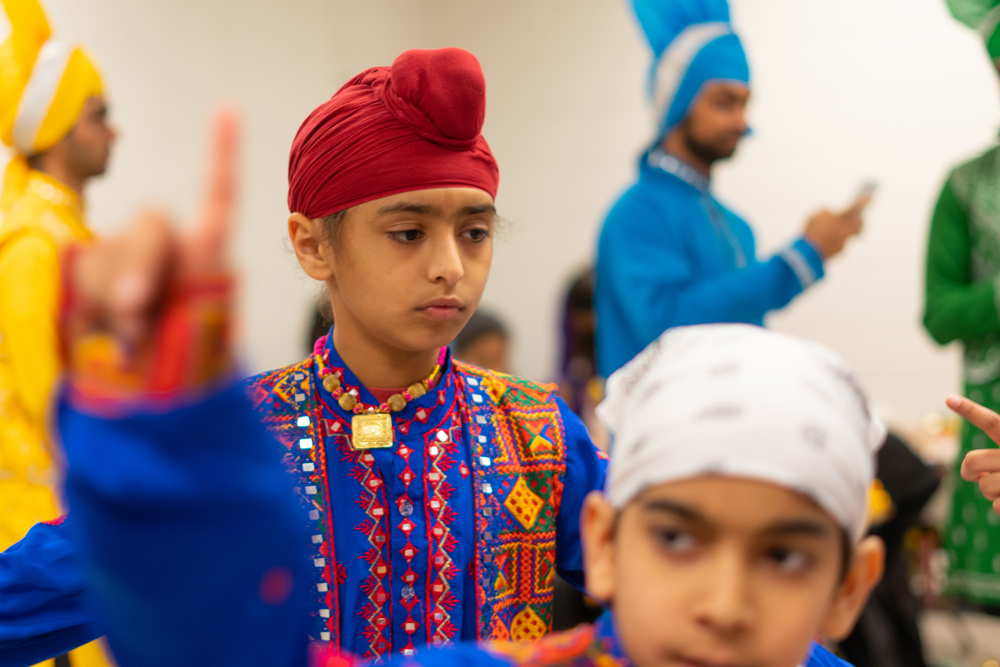









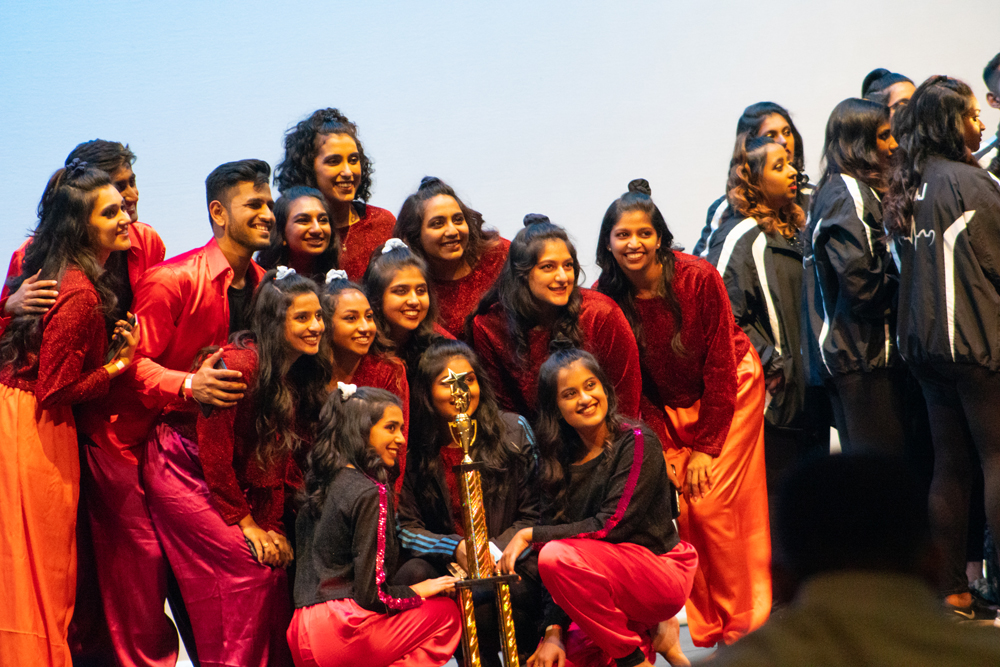

Recent Comments